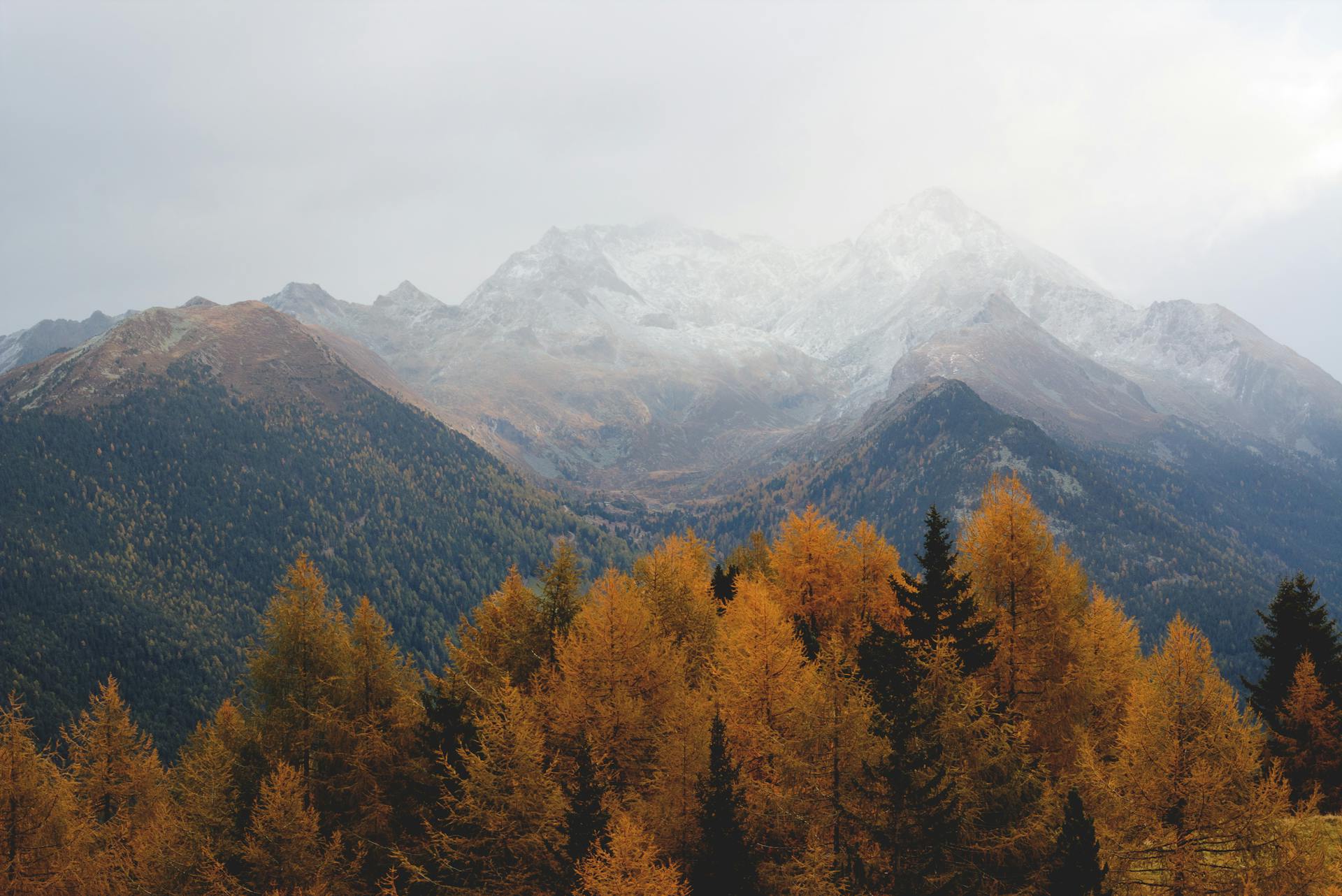Fall is a photographer’s dream, with its rich palette of colors, crisp air, and dramatic landscapes. The season transforms even familiar scenes into something extraordinary, from golden-hued leaves to misty mornings.
There's no shortage of captivating subjects to explore during this time of year.
To make the most of your fall photography, preparation and timing are essential. Early morning light, overcast skies, and reflections on still water create fantastic opportunities for stunning images.
The right combination of location and gear can take your photos to the next level.
In this guide, we’ll share 12 practical tips to help you capture the beauty of autumn.
These insights will inspire you to view fall landscapes in new ways and improve your skills along the way.
So grab your camera, and let’s dive into the magic of the season!

Embrace Bad Weather
Don't shy away from cloudy or overcast days. Fall landscapes are often enhanced by moody skies, which can add dramatic contrast to the warm tones of the leaves.
The colors of fall foliage appear more vibrant and less reflective in these conditions, making overcast days great for capturing the beauty of the season.
Keep Your Gear Essentials Simple
Fall offers a fleeting window of photographic opportunities, so having the right gear is crucial.
Stick to the essentials: a lightweight tripod and a versatile camera.
For lenses, consider a wide-angle (16-35mm), a standard zoom (24-70mm), and a telephoto (70-200mm) for extra reach.
Filters, such as neutral density and polarizers, will help you capture long exposures and reduce reflections in water, enhancing the overall quality of your images.
Related post: Benefits of Using a Polarizing Filter for your Camera

Capture Stunning Sunrises
Autumn is known for its dramatic sunrises, especially with fog adding an atmospheric touch.
Set your alarm early and arrive at your location with plenty of time to scout and frame your shot.
Use apps like PhotoPills or Sun Surveyor to track the sun's position and plan your composition for that perfect early morning capture.

Take Advantage of Reflections
Calm water is ideal for reflection photography, and fall landscapes are perfect for this.
Mornings and evenings are the best times to catch still water. Adjust your camera's height and use a neutral density filter to smooth out the ripples, making the reflections on lakes and rivers even more striking.
Capture Waterfalls and Streams
The combination of flowing water and fall colors makes for stunning photos. Use long exposures to capture the silky smoothness of waterfalls and streams.
A neutral density filter helps slow down your shutter speed, while a circular polarizer reduces reflections, allowing you to showcase both the water and the fall foliage around it.

Try a Higher Perspective
Climbing to a higher vantage point can offer an incredible view of the vast landscape below.
In the fall, the treetops resemble a sea of vibrant colors. Consider taking panoramic shots to capture the full expanse of the scene. Each year brings a unique view, so don’t hesitate to revisit your favorite spots.
Road Shots and Leading Lines
Fall is a great time for road trips, and the roads themselves can be subjects in your photos.
The leading lines created by roads draw the viewer's eye through the scene, whether it's a mountain in the distance or a road surrounded by colorful trees.
Keep your camera ready as you travel to your next destination.

Try Focus Stacking
When your composition spans multiple depths, focus stacking can help you achieve sharpness throughout the entire frame.
By taking multiple shots with different focus points and merging them in post-processing, you can ensure every detail is in focus, from the foreground leaves to distant trees.
Capture the Details
While sweeping landscapes are captivating, don’t forget to zoom in on the smaller details.
Leaves on a rock, a historic building framed by trees, or even a small patch of ground covered in colorful foliage can tell unique stories and add depth to your fall photography collection.

Experiment with White Balance
Although we often rely on auto white balance or adjust it in post-processing, experimenting with it in-camera can give you a better idea of your final result.
Try using the “Cloudy” or “Shade” white balance settings to warm up your images and enhance the golden tones of the fall season.
Utilize Foreground Elements
Incorporating interesting foreground elements, such as rocks, fallen leaves, or trees, can add depth and dimension to your fall landscape photos.
This technique leads the viewer’s eye into the scene, creating a more immersive and dynamic image.
Experiment with different compositions by placing these elements in the foreground to give your photo added visual interest.

Play with Shadows and Light
Fall offers a unique play of light and shadows, especially during the golden hour.
Pay attention to how the sunlight interacts with the landscape—whether it's highlighting the vibrant leaves or casting long, dramatic shadows.
Use the soft, warm light of early morning or late afternoon to enhance the contrast between the illuminated areas and the darker, shadowy sections of your composition.
This contrast can make your images pop and add mood to your shots.
Bonus Tip: Enjoy the Moment
As photographers, we sometimes get caught up in chasing the next great shot. But don’t forget to step back and enjoy the scenery without your camera. Fall is a beautiful season to explore and appreciate nature. So, while you're out shooting, take a moment to breathe in the crisp air and savor the experience.
Get out there this fall, have fun, and capture the beauty around you. Be sure to share your best shots and tag us in your fall photography—we’d love to see what you create!
Happy shooting!

